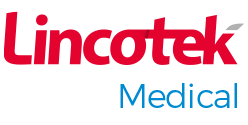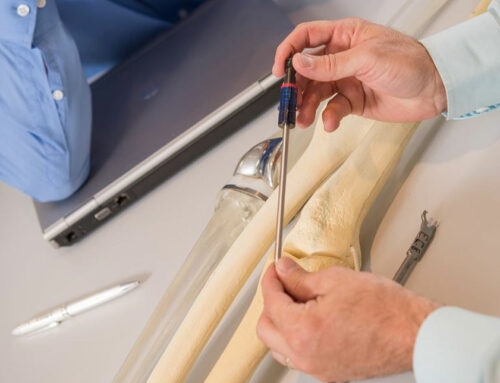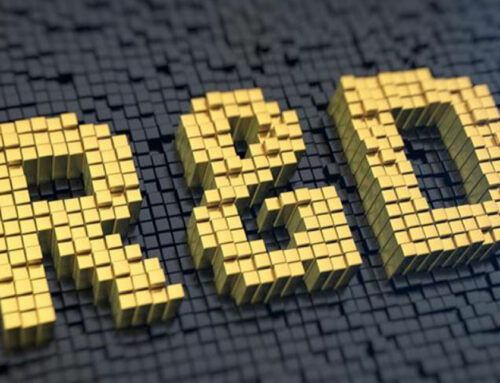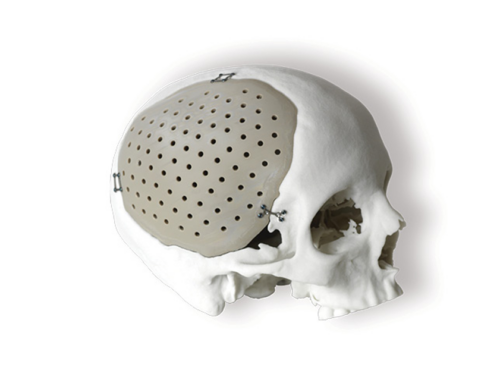Paolo Pisacane, Global Director of Quality and Regulatory, Lincotek Medical (former Eurocoating SpA), discusses how we comply with all industry standards.
15 April 2019
As a Company it is essential that all our of our services continually adhere to the quality and regulatory standards that our original equipment manufacturer (OEM) customers are required to meet. In particular, we comply with three very important standards or documents: the International Organization for Standardization’s (ISO) International Standard 13485:2016, the European Union’s (EU) Medical Device Regulation document for OEMs, and, in the United States, the Quality System Regulation of the Food and Drug Administration (FDA).
- ISO 13485:2016 specifically relates to the quality management systems involved in all stages of developing a medical device, from the first design through to its further development and production, storage, distribution, and installation and servicing if applicable. This standard was last updated in 2016 and at that time we revised and updated our ways of working accordingly so that we always fulfilled the latest requirements and maintained conformity across the Company.
- The EU Medical Device Regulation document was revised in 2017 and the changes it asked for come into force in May 2021. This document is specifically for medical device manufacturers based in Europe, and although we are a service company and not a manufacturer ourselves, we made sure that our processes and services align with the changes this document sets out and that we are able to advise our customers on what they need to do.
- As a company serving the global OEM market we also need to fulfill the Quality System Regulation FDA. This is important as many of our customers send their devices to United States. We have the experience needed to create the large dossiers of evidence, or Master Files, that the FDA requires.
Keeping up-to-date with all of these standards is a priority for us as a Company, as is ensuring that we maintain systems that are flexible enough to respond to necessary quality control and regulatory changes as they arise. The recent changes to both the ISO standard and the EU Medical Device Regulation, for example, slightly altered the way in which quality systems and processes needed to be managed.
The quality systems that we use been aligned across the Company so that they meet the requirements of both our European and our American customers’ needs. For example, we have a standard process for producing our plasma coatings with specific characteristics that comply with both European and US regulations. This means that the same coatings can be used in Europe and in the US. The only difference between customers will be based on differences in the required validation processes. Our goal is to have the same processes for all of our customers, regardless of the country in which they are based.
When it comes to validation, we have two aspects to consider: the validation of the equipment and the validation of the product. In terms of equipment validation, we need to demonstrate that the machine is able to produce the product with the same characteristics every time, and that the process is stable and not subject to change. Another aspect is the characterization of the product that we produce. We need to fulfil certain standards, and we need to demonstrate that our products fulfil these standards. So, when we develop a new process, we need to consider that the product fulfils the requirements of different countries.
In terms of quality control, we need to be sure that our processes are able to maintain the characteristic of the product throughout production. We periodically repeat certain analyses that we perform during the validation process to achieve this. Our goal, logically, is to implement a global quality system that will guarantee our product characteristics without dramatically increasing the cost to our customers.
Medical device regulation had changed a lot in the past 20 years, with an increasing number of stipulations and consequent activities needed to fulfil the regulations and enable a device to get to market. The challenge is to be able to fulfil the requirements completely without having to increase the cost to the customer.
The advantage of using us as a Company is that we have strived to remain compliant with all changes to standards as they occur, with the aim of helping our customers get their medical devices validated and to market as quickly as possible.
Read more on how we comply with medical standards.






